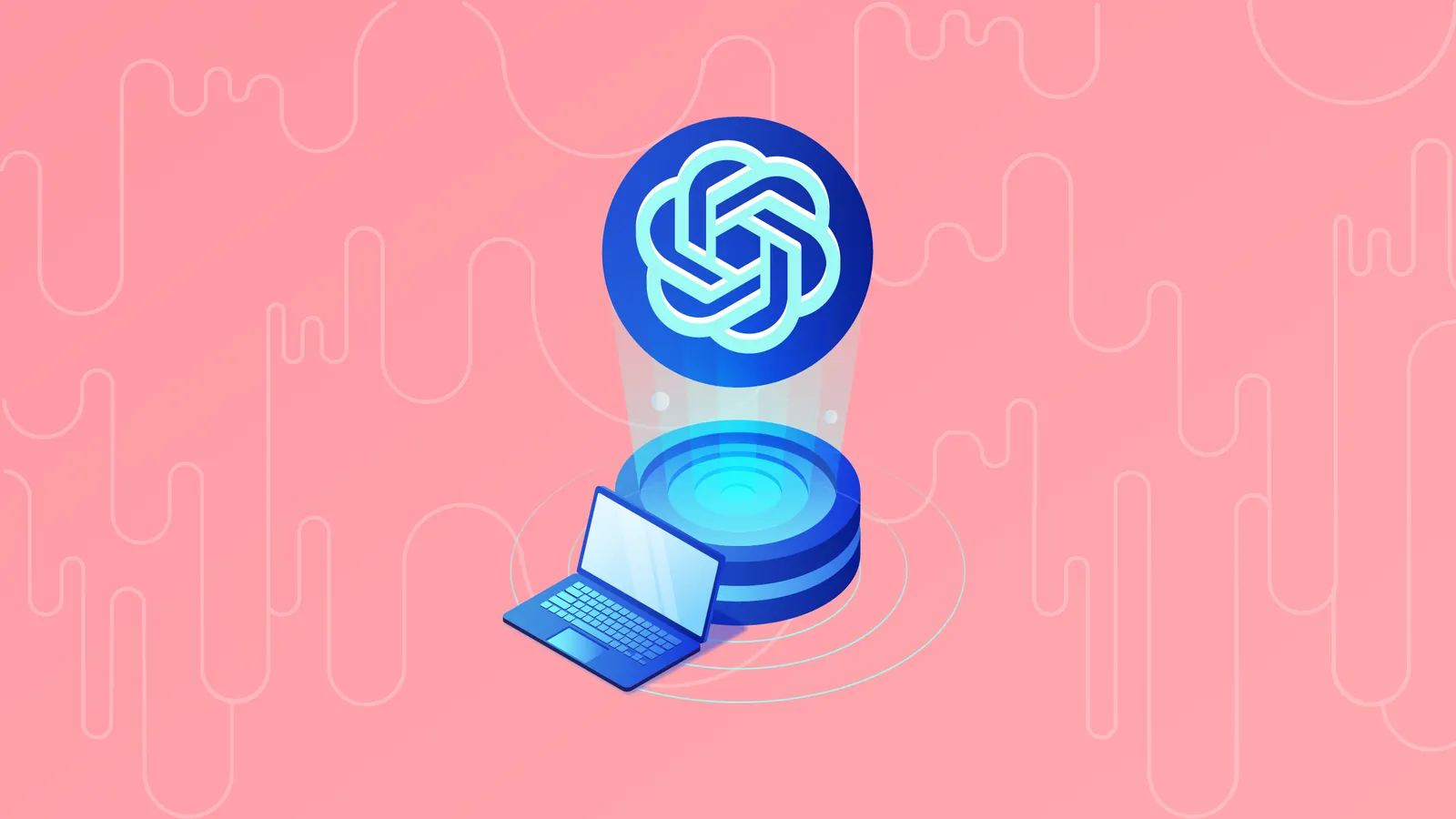Natural language processing (NLP) is a branch of artificial intelligence (AI) that assists computers in understanding written or spoken text. The goal of NLP is to facilitate an ability to comprehend, analyze, and produce text at the same level as a human being.
The subfield of NLP is a part of computer science, but it also includes a variety of other fields and disciplines, including computational linguistics, machine learning, deep learning, statistics, and more.
NLP is behind essentially every computer program that can “hear” and respond to spoken commands, or that can translate texts between different languages, or that can summarize or produce large quantities of texts rapidly. Some of these programs or applications include Apple’s Siri virtual assistant, Google’s popular Translate service, and the now-ubiquitous ChatGPT chatbot, launched by OpenAI in November 2022.
How NLP Works
Natural language processing typically consists of two component processes: data preprocessing and algorithm development.
As the name suggests, preprocessing of data involves preparing data for machines to be able to interpret it. Through preprocessing, data is converted into a workable form, extra information is “cleaned” away, and the data is made more easily understandable to the learning system. Preprocessing might include removing certain common words from a block of text, breaking a chunk of text down into smaller units, reducing words to their root forms, or tagging words to mark which parts of speech they represent.
The second component process is the development of an algorithm. NLP algorithms often use linguistics-based rules, but they may also increasingly focus on machine learning principles. Through machine learning, the AI system processes a large pool of data to look for patterns or inconsistencies, “learning” about the data and common trends as it goes.
Applications of NLP
NLP has a wide variety of use cases across many businesses and industries. Besides those mentioned above, NLP is applicable for any business that has a large volume of text-heavy data to process. Much of the information created and stored online is in natural human language, making it difficult for non-NLP systems to process. Additionally, NLP can provide structure to the tremendously complex, diverse world of human language.
NLP can be used to identify the mood within a large amount of text, to change voice commands into written text or vice versa, to pull certain types of information from text-based sources, to automatically generate summaries of large bodies of text, to translate between languages, to attempt to capture the meaning or the themes in texts or collections of texts, and more.
ChatGPT
Natural language processing systems have drawn additional attention in recent months thanks to the advent of OpenAI’s ChatGPT, a powerful chatbot. Microsoft invested $10 billion in the maker of the technology and has already begun to integrate ChatGPT into its Bing search and several other applications. ChatGPT has already revolutionized the ways that software is written, that people search for information online, even the way that students do (or cheat on) their homework.
Cheat Sheet
- Natural language processing is a branch of artificial intelligence concerned with facilitating the process of understanding and creating human-like language in machines.
- NLP is a technology used in virtual assistants like Siri, in translation apps and tools, for chatbots, and in many similar uses.
- NLP relies on a procedure known as data preprocessing to parse out, tag, and better understand natural human language.
- It also uses an algorithm such as a machine learning system to process vast amounts of data, learning about how language works in the process.
- NLP’s uses include summarizing texts, translating, converting spoken text to written and vice versa, understanding and answering question prompts, and more.


